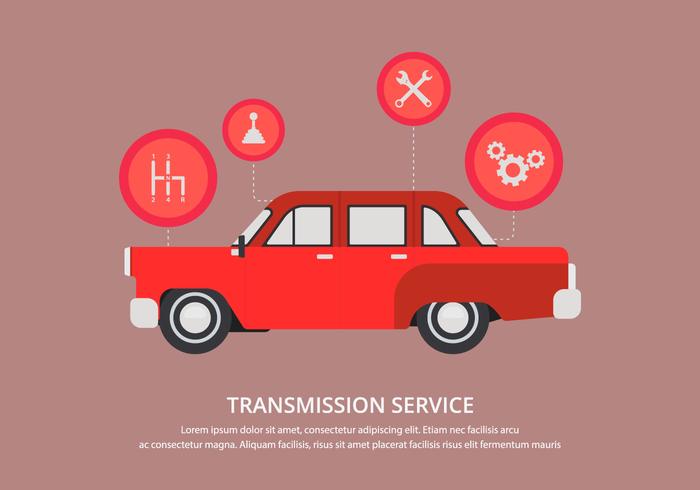Intend To Learn More Concerning The Warning Lights On Your Control Panel? Discover What They Indicate Concerning Your Lorry'S Health And Wellness
Intend To Learn More Concerning The Warning Lights On Your Control Panel? Discover What They Indicate Concerning Your Lorry'S Health And Wellness
Blog Article
Write-Up Written By-Sykes Dalgaard
When you lag the wheel, those radiant warning lights on your control panel can be a little bit puzzling. Do you understand what they're attempting to tell you about your automobile's health? Comprehending the relevance of these lights is essential for your security and the durability of your automobile. So, the next time one of those lights appears, would not you intend to understand its message precisely and take the needed steps to address it?
Common Warning Lights and Interpretations
Identify common caution lights in your automobile and understand their meanings to ensure secure driving.
One of the most typical caution lights include the check engine light, which signals issues with the engine or emissions system. If this light comes on, it's critical to have your automobile checked without delay.
The oil pressure cautioning light shows low oil stress, requiring instant focus to avoid engine damages.
A flashing battery light could suggest a damaged charging system, potentially leaving you stranded otherwise resolved.
The tire stress monitoring system (TPMS) light signals you to reduced tire stress, influencing car stability and fuel performance. Ignoring this can cause unsafe driving conditions.
The abdominal light indicates a problem with the anti-lock stopping system, compromising your ability to stop rapidly in emergency situations.
Lastly, https://www.khou.com/article/news/crime/heights-auto-repair-shop-owner-released-hospital/285-ce82b95f-e708-4fe8-9c97-875a054509a9 alerting light warns of engine overheating, which can lead to severe damages if not resolved swiftly.
Understanding these common caution lights will certainly aid you resolve issues without delay and preserve risk-free driving conditions.
Value of Prompt Focus
Comprehending the common caution lights in your cars and truck is only the initial step; the significance of without delay attending to these warnings can not be stressed enough to guarantee your safety when traveling.
When Read the Full Guide illuminates on your control panel, it's your car's method of connecting a possible issue that needs interest. Disregarding these warnings can result in a lot more extreme problems in the future, jeopardizing your safety and security and possibly costing you much more out of commission.
Motivate attention to advising lights can stop malfunctions and mishaps. For example, a flashing check engine light could indicate a misfire that, if left neglected, might cause damages to the catalytic converter. Addressing this without delay can conserve you from a costly repair service.
Similarly, a brake system warning light could indicate reduced brake fluid or worn brake pads, crucial elements for your security when driving.
Do It Yourself Troubleshooting Tips
If you see a caution light on your dashboard, there are a few do it yourself troubleshooting ideas you can try before looking for specialist aid.
The initial step is to consult your vehicle's guidebook to recognize what the details warning light suggests. Occasionally the problem can be as simple as a loose gas cap causing the check engine light. Tightening up the gas cap may resolve the problem.
An additional typical problem is a low battery, which can activate different alerting lights. Examining the battery links for deterioration and guaranteeing they're protected could take care of the trouble.
If a warning light continues, you can attempt resetting it by detaching the vehicle's battery for a couple of minutes and then reconnecting it. Additionally, examining your vehicle's liquid levels, such as oil, coolant, and brake liquid, can help troubleshoot alerting lights related to these systems.
Conclusion
To conclude, recognizing your vehicle's warning lights is crucial for keeping your vehicle running smoothly and securely. By immediately attending to these alerts and knowing what they indicate, you can avoid expensive repairs and potential malfunctions.
Bear in mind to consult your auto's handbook for specific information on each warning light and take action as necessary to guarantee a hassle-free driving experience.
Stay notified, stay secure on the road!
